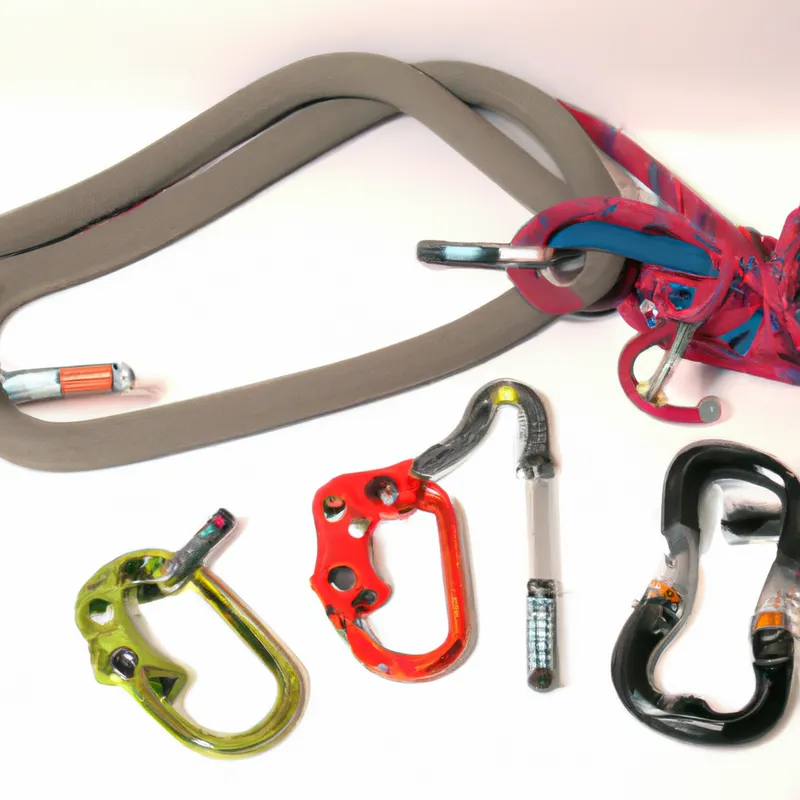Master Prevention Techniques for Climbing Injuries
How to Handle Climbing Injuries: Prevention and Recovery
Climbing challenges both body and mind. Reaching new heights and conquering difficult routes brings immense satisfaction. However, injuries often sideline climbers for weeks or months. Understanding injury prevention and recovery is crucial for climbers at any level. This blog offers essential tips to help you stay on the wall and enjoy climbing.
Tips for Preventing Climbing Injuries
Warm-Up Properly
Warm up to prepare your muscles and joints for climbing. Before touching the wall, dedicate time to physically prepare. Start with dynamic stretches to boost blood flow and mobility. Focus on arms, shoulders, legs, and core. Arm circles, leg swings, and torso twists work well. Spend 10-15 minutes warming up. This step significantly reduces injury risk and enhances performance.
Listen to Your Body
Climbers often feel pressure to push limits, but listening to your body is essential. If you feel pain, such as shoulder twinges or forearm tightness, stop immediately. Ignoring discomfort can lead to severe injuries. Climbing is demanding, and your body needs recovery time. Take breaks during sessions, and step away if something feels off. Incorporate regular rest days into your training. These days help your body recover and grow stronger, improving performance.
Strengthen Supporting Muscles
Incorporate strength training to help prevent climbing injuries. Focus on muscles that support climbing movements, such as your core, shoulders, and legs. Exercises like pull-ups, push-ups, planks, and leg presses build strength and stability. Add finger strength and grip exercises, like hangboard training, to prevent common injuries. A balanced strength program reduces injury risk by developing all muscle groups.
Use Proper Technique
Prioritize good technique over difficult climbs. Poor form can cause injuries, especially in shoulders, fingers, and back. If you’re unsure about your technique, work with a coach or experienced climber. They can provide feedback and help you adjust your style. Proper technique enhances safety and climbing efficiency, making challenging routes more manageable.
Cross-Training
Incorporate cross-training into your climbing routine for a well-rounded fitness regimen. This approach reduces the likelihood of overuse injuries.
Conclusion
Injuries can hinder your climbing experience, but effective prevention and recovery strategies keep you climbing safely.
Below are related products based on this post:
FAQ
What are some effective warm-up exercises for climbers?
Effective warm-up exercises for climbers include dynamic stretches such as arm circles, leg swings, and torso twists. Spending 10-15 minutes on these activities helps boost blood flow and mobility, significantly reducing the risk of injuries.
How can I tell if I need to take a break from climbing?
If you experience pain, such as shoulder twinges or forearm tightness, it’s crucial to stop immediately. Listening to your body is essential; if something feels off, take breaks during your sessions and incorporate regular rest days to allow for recovery and strength building.
Why is cross-training important for climbers?
Cross-training is important for climbers as it provides a well-rounded fitness regimen, helping to reduce the likelihood of overuse injuries. Incorporating various exercises can strengthen different muscle groups and enhance overall climbing performance.















Post Comment